The story of Ghia – part 1
The beginning In tracing the genealogy of coachbuilding firms, it turns out that they originated in the early years of the last century as…
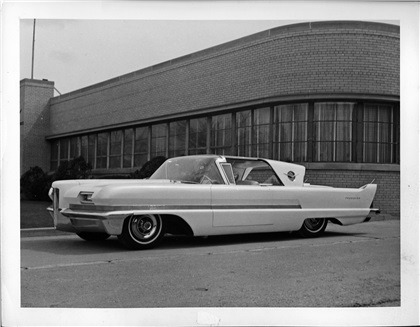
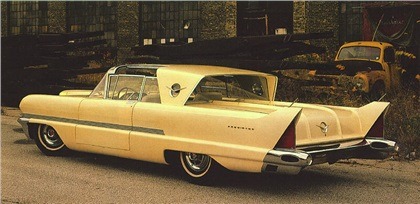
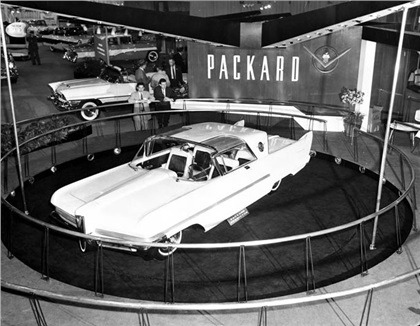
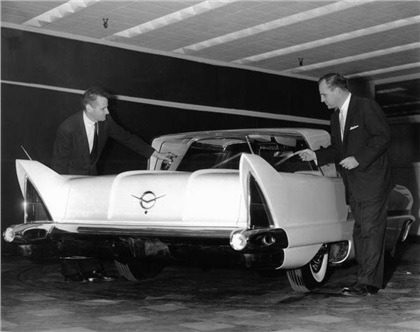
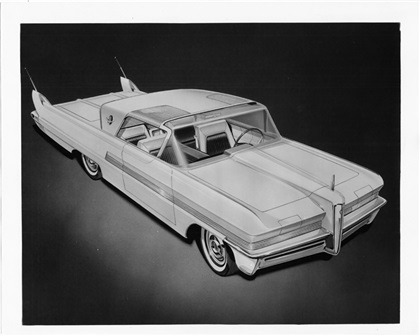
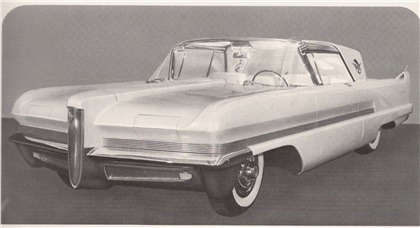
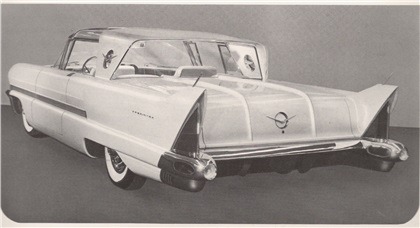







The Packard Predictor concept car was known as the “dream car.” It toured the show circuit earlier in 1956, and was a great influence on future Packard concept cars. Built by Ghia of Turin, the Predictor was executed under Packard design chief Bill Schmidt, but strongly reflected Teague’s thinking.
The Packard Predictor included Advanced features such as a windshield that wrapped up as well as around, quad headlights hidden behind clamshell doors, fenders level with the hood and rear deck, and a square, chiseled shape. Also on hand were several ideas from recent Teague-styled Packard concept cars: reverse-slant retractable backlight (previewing the 1958 Continental Mark III), shapely “cathedral” taillights, and smart ribbed bodyside moldings that ran from the doors right around to the front. That trim ended abruptly to frame a slim vertical nose with Packard’s traditional “ox-yoke” radiator shape, which Nance had lately been trying to resurrect as a sales-booster. (It might have been used for 1954 had time allowed, though Teague managed something far better for the one-off 1955 Request). “Rolltop” roof panels slid away to ease entry/exit in what was a pretty low car; they could also be left open for ventilation — a kind of embryonic T-top. Inside, the Predictor was all convenience, with electronic pushbutton Ultramatic transmission; electric servos for decklid roof panels, and windows; and individual contoured seats with reversible cushions — leather on one side, fabric on the other, as on Packard’s 1956 Caribbeans. Roof sail panels wore portholes like those adorning contemporary Thunderbirds, plus courtesy lights and a jeweled escutcheon. The decklid was adorned with a large “circle-V” emblem created by Teague with hopes of establishing another “timeless” automotive symbol akin to the Mercedes-Benz tri-star. Powered by a 300-horsepower Packard V-8, the Predictor was fully driveable — when it was working right. Ghia had botched the electrical system, so activating any of the fancy servos usually caused a short circuit and great clouds of smoke. Of course, such problems would have been worked out for production, for the Predictor was nothing less than the blueprint for a very ambitious new S-P line. The Packard Predictor outlined a whole raft of cars built from just three basic platforms: a 130-inch wheelbase for Packard and Packard Executive (the latter basically a detrimmed Patrician), 125 for Clipper and Studebaker President, and 120 inches for Studebaker Commander and Champion (see the italian copy here). Though hardly original, this plan was a great cost-saver, allowing the three makes to look quite different from each other despite a common inner shell and some shared exterior panels. It was a grand strategy worthy of General Motors-S-P’s last attempt to cast itself as a “full-line” producer

The beginning In tracing the genealogy of coachbuilding firms, it turns out that they originated in the early years of the last century as…
Missing or wrong informations?
Carrozzieri-Italiani.com relies on thousend of users who help to populate the database. We do not guarantee the accuracy of the informations. Contact us if you want to contribute.
